For most Americans, the Ford Falcon nameplate conjures thoughts of the compact, for the time, Chevy Nova competitor introduced in 1960. In the other corner of the globe, however, the Falcon nameplate lived on past the demise of the nameplate in America. We’re of course, talking about Australia, where the rear-wheel drive, four-door sedan and ute have become an integral part of the Aussie car culture.
But with Ford Australia officially putting the Falcon to rest after ceasing manufacturing in Australia in 2016, RallySport decided to take a look back on the Falcon’s racing heritage. Not just road racing or V8 Supercars, mind you, since the Falcon was actually a major player in rally racing decades ago.
The Falcon’s rally story started in 1962, when five 144 cubic-inch variants of the car were sent to compete in the East African Safari. Ford has high hopes for the car, but these Falcons weren’t made for rally racing. Nearly identical to the road-going variants of the model, the cars were kept towards the middle of the pack thanks to broken parts and hefty curb weights.
Even so, the Falcons didn’t fail altogether. This piqued Ford’s interest and by 1963, the American automaker announced plans to enter three Ford Falcons to compete in the Monte Carlo Rally. The cars were driven by some of the period’s most notable drivers, including Anne Hall, Peter Jopp and Bo Ljungfeld. Ford also decided to enter American-spec Falcons, sending the two-door Futura trims to the battle and leaving the four-door bodied Falcons from Oz at home.
Bad weather plagued Monte Carlo. It was so bad, in fact, that Hall wasn’t even able to get the Falcon through snowbanks, and Ljungfeld lost eight minutes in the inclement weather. Determined to make up time, Ljungfeld gave the Falcon all it could take and set the fastest time on six special stages during the event. If it weren’t for those eight lost minutes, he would have outright won.
Strangely, Monte Carlo used an engine capacity formula that favored smaller displacements to determine winners. This sent The Falcon back to second place. But Ford realized the potential the car possessed. The Blue Oval returned again for the 1964 Monte Carlo Rally, this time coming prepared. Instead of running near-factory cars, it prepped eight Falcon Rally Sprints, the V8 version of the Falcon coupe. The thinking was that if Ford couldn’t beat the engine-displacement formula, it would surely win outright by putting down the fastest times.
American tuning specialists, Holman and Moody, worked their magic with the V8s, taking them from 4.2 liters to 4.7 and adding four-barrel carburetors for maximum power. A T10 four-speed gearbox replaced the old three-speed, and a 9-inch rear axle with a Detroit locker differential completed the powertrain. Big disc brakes were also fitted at the front, while larger drums sat at the rear.
As great as the package sounded, the Falcon could still not overcome the strange Monte engine-capacity formula, leaving it once again in second place behind a Mini Cooper. Ford had spent more than what they had wanted in the rally program, and after not posting a real win, decided to dump the program altogether.
Over the next few years, Ford Falcons would resurface again to compete in rally events, but it wasn’t until the Cortina that Ford finally gained the rally wins it wanted so badly nearly three decades before. Of course, the Ford Fiesta WRC rally racer handles rally racing duties for the automaker today. But it’s always a good idea to remember where you came from.
Image credit: blog.hemmings.com

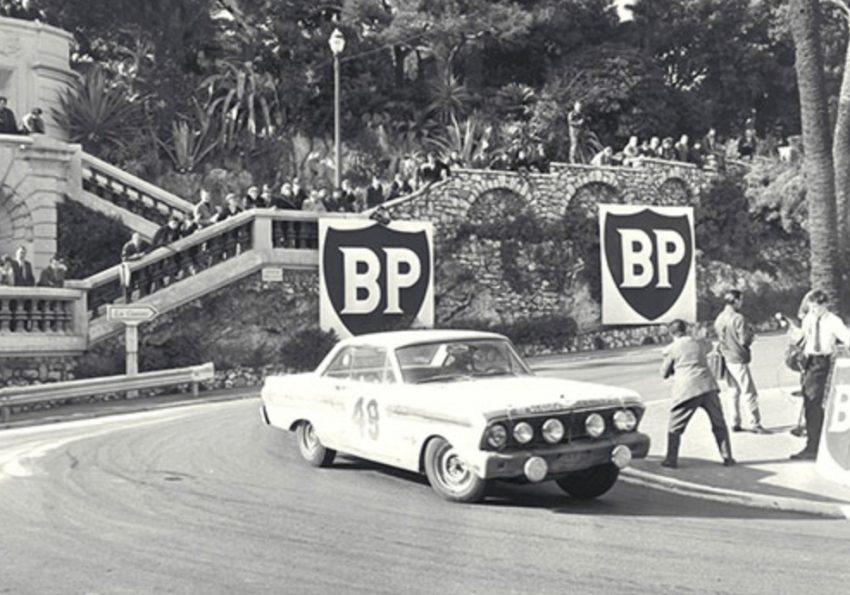
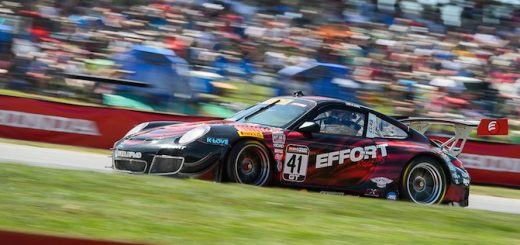
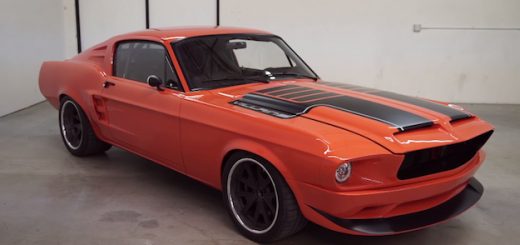
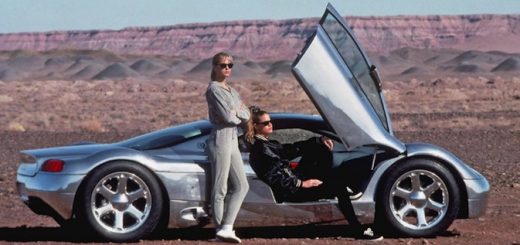
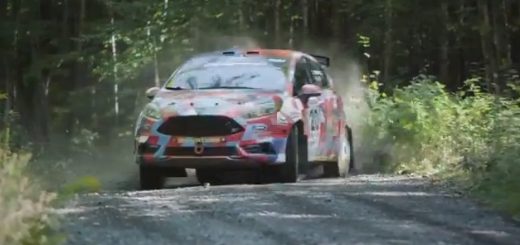
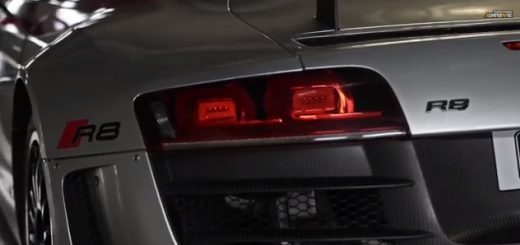
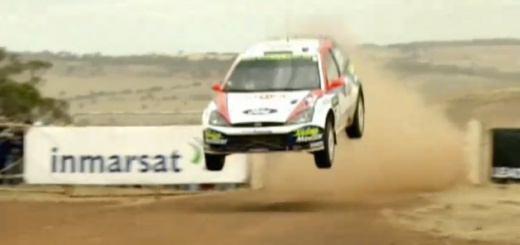






No Comments yet